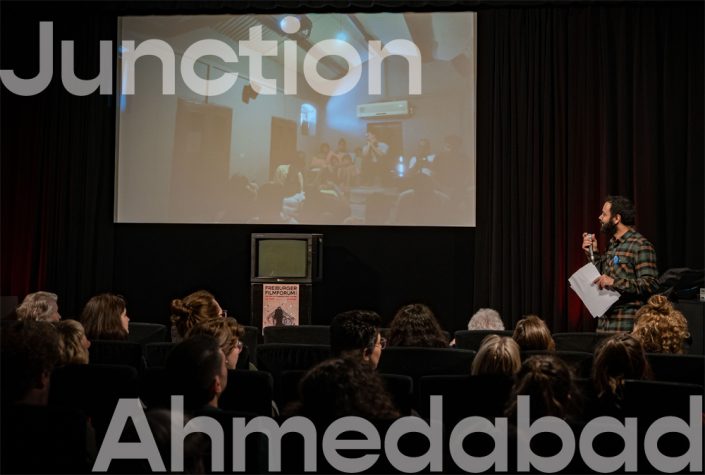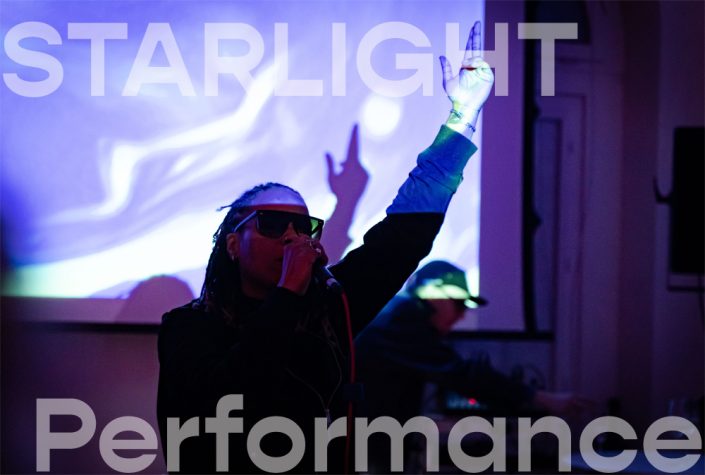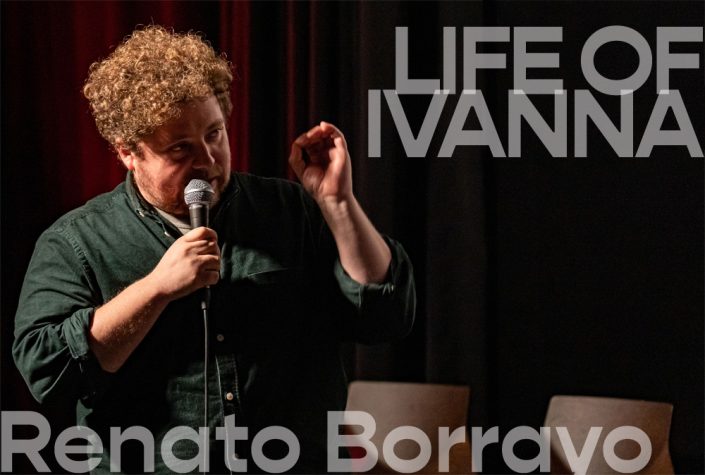No English translation available.
DOON SCHOOL CHRONICLES
The Doon School, located in Dehra Dun in Uttar Pradesh, is India’s most famous boarding school for boys and has sometimes been called »the Eton of India«. It was established by a group of Indian nationalists in the 1930s to produce a new generation of leaders who would help guide the nation after Independence. It has been influential in the creation of the new Indian elites and has come to epitomize certain aspects of Indian post-coloniality.
DOON SCHOOL CRONICLES is the first film in a five film study of the school. Filmed over a two year period, it looks at the life of middleclass Indian boys coming under the influence of institutional and global pressures during their adolescent years. The film explores the »social aesthetics« and ideology of Doon School through its rituals, the physical environment it has created, and its effects upon several boys of different ages and temperaments. The film is divided into ten »chapters«, each headed by a text taken from school documents.
LORANG’S WAY
A portrait of Lorang, the patriarch of a large homestead among the seminomadic Turkana of north-western Kenya. At the time the film was made, most Turkana (including Lorang’s own son) saw their way of life continuing unchanged into the future. Lorang, however, thought otherwise, for he had been conscripted into the King’s African Rifles and seen something of the outside world. Upon returning to Turkana, he had had to struggle to catch up to men of his own age in wealth and seniority. This is a study of a man who has come to see his society as vulnerable und whose traditional role in it has been shaped by that realization.
GANDHI’S CHILDREN
The Prayas Children’s Home for Boys: a monolithic building, outwardly not unlike a prison, located in one of New Delhi’s poorer neighborhoods. The institution provides shelter to 350 boys. Some are runaways, some were sent by their parents to find work in the city, others are orphans living on and from the streets of New Delhi. Half of the boys are subject to police supervision, having run into trouble with the law.
Over the course of many months, David MacDougall chronicles the lives of these youths with his camera, letting them portray their day-to-day existence and inviting us into their world. What emerges is a moving collection of portraits – portraits of boys who, despite their young age, have already experienced a great deal. Then one day 181 more boys arrive at the home, all of them from a factory that was shut down for employing illegal child labor.
MacDougall’s film avoids passing judgment. Its various protagonists combine to paint a picture of a particular everyday reality. MacDougall gives the boys time and space, allowing the reasons for their situation and the role of the state institution to gradually come to the fore, in addition to the institution’s limitations. His camera remains in the confines of the home, exploring its broad corridors, sleeping quarters, washrooms, and workrooms.
David MacDougall: “The documentary films we get to see on TV nowadays mainly consist of interviews and a handful of other shots. It’s very easy to make films without actually examining how people live. But just asking them how they live simply isn’t enough. I think this type of narrow perspective has become a sort of formula in documentary filmmaking. In order to overcome it, I began to seek out other aspects of social experience. I try to avoid expressing everything using words. I’m interested in how people interact with their environment, both verbally and nonverbally. Viewing the communities in which we live as environments gives rise to what may be called “social aesthetics”. This contains many diverse aspects: How people move about, how they build buildings, what sort of clothes they wear, and the rituals they practice. I view communities as constructed composite works, which bear collective ‘authorship’ and have followed a particular design historically.“ – Excerpt from an interview with David MacDougall led by Volker Kull (Der Kameramann 08/01).
Photo Wallahs
Renowned ethnographic filmmakers David and Judith MacDougall explore the many meanings of photography in this profound and penetrating documentary. The film focuses on the photographers of Mussoorie, a hill station in the Himalayan foothills of northern India whose fame has attracted tourists since the 19th century. Through a rich mixture of scenes that includes the photographers at work, their clients, and both old and new photographs, the film examines photography as art and as social artifact -- a medium of reality, fantasy, memory, and desire.
“There is now an interest in making films that do not simply deliver a statement about a topic but open it up in richer and more productive ways. These are films that develop complex networks of connections and relationships. In a sense they are meant as structures for generating meaning. That is certainly our intention in PHOTO WALLAHS. We want it to be a resource for a range of observations, ideas, and possibilities.” (David MacDougall, Visual Anthropology Review)
Under the palace wall
From the 16th century the Indian village of Delwara in southern Rajasthan was ruled as a principality of the kingdom of Mewar. Its palace, which overlooks the village, is now a luxury hotel - a world remote from the daily life of the villagers. Following on from his film SCHOOL SCAPES, which was inspired by the early cinema of Lumière, David MacDougall here employs a series of precisely observed scenes to explore Delwara’s local primary school as a part of contemporary village life—a life that continues “under the palace wall”. This beautifully composed film is an eloquent impressionistic portrait of the life of the village, without a linking narrative and without linking characters. Rather it shies away from conventional literal meanings to convey instead something more delicate and elusive - the feeling of the place, the sense of the historical past that towers over the village, the vitality and chaos of the daily life of the villagers. (RAI)









